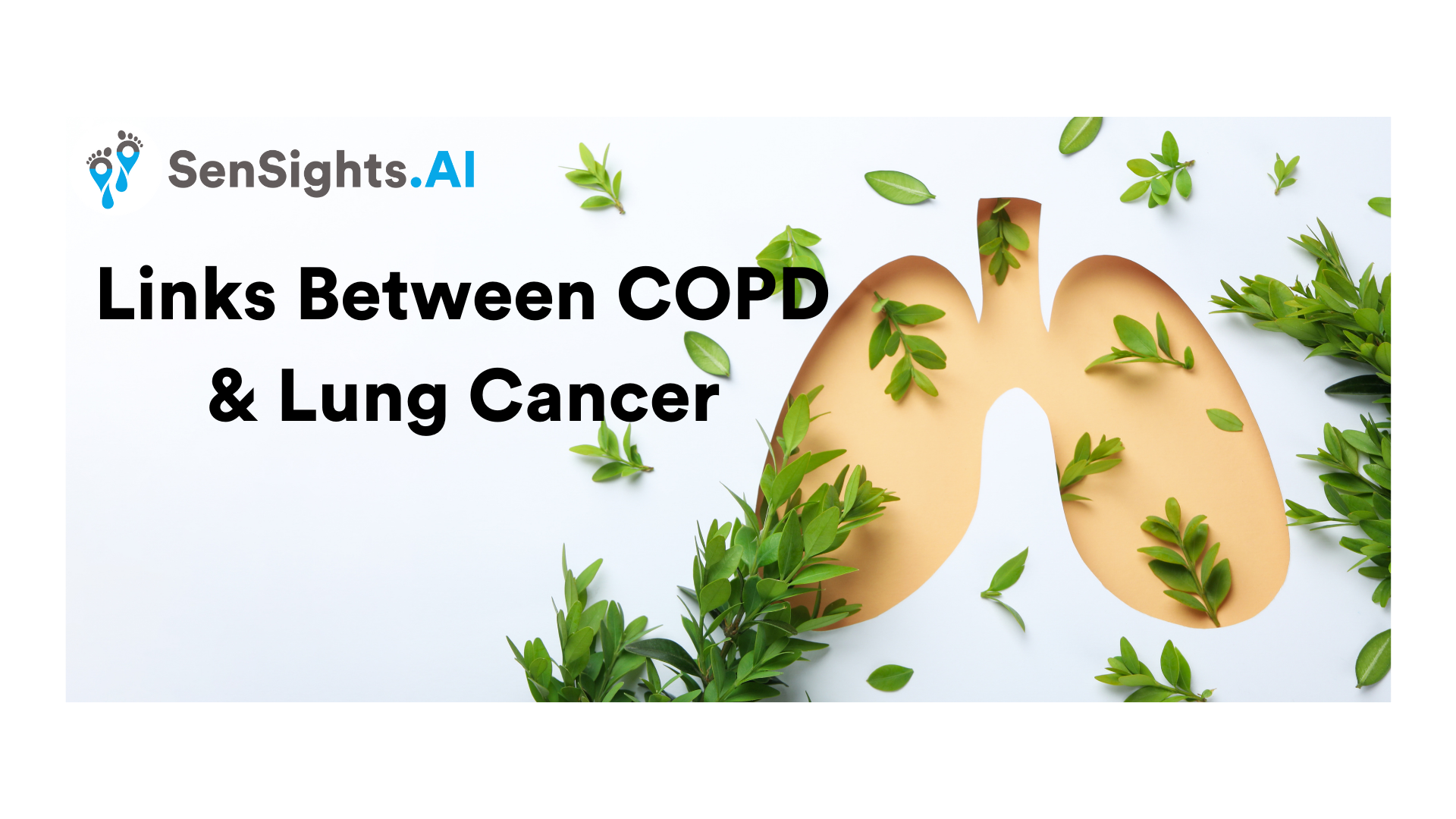Lung cancer and chronic obstructive pulmonary disease (COPD) are two severe respiratory illnesses that impact millions of people globally. Even though these two illnesses are independent, there is a connection between them that researchers have been looking into for years. The relationship between COPD and lung cancer will be discussed in this blog post, along with the implications for people who are at risk.
COPD & Lung Cancer
COPD restricts airflow and makes breathing challenging. These symptoms are brought on by Emphysema, which leads to the breakdown of lung air sacs, and Chronic Bronchitis, which causes inflammation and airway narrowing. Long-term exposure to irritants like cigarette smoke, air pollution, as well as dust and chemicals from the workplace, frequently results in COPD.
Lung Cancer is among the most prevalent cancers in the world and is frequently brought on by smoking or exposure to other carcinogens like radon gas and asbestos.
Lung cancer and COPD have a complicated relationship. Lung cancer is more likely to afflict persons with COPD than those without it, and the risk rises with the severity of the condition. According to studies, those who have COPD are 4-6 times more likely to acquire lung cancer than those who do not.
Effects of Smoking on COPD & Lung Cancer
People with COPD are more likely to be current or past smokers than people without COPD. This is because smoking is the primary cause of both lung cancer and COPD. Furthermore, the persistent inflammation that occurs in COPD sufferers’ lungs may foster an environment that is more favorable to the growth of cancer. The fact that COPD and lung cancer follow related genetic and molecular pathways is another explanation for the association between the two diseases. For instance, both COPD and lung cancer frequently have mutations in the TP53 gene, which is important in the control of cell growth and division.
Whatever the underlying causes, it is obvious that those who have COPD need to be watchful about their lung health and take precautions to lower their chance of getting lung cancer. This means giving up smoking, limiting their exposure to other lung irritants like air pollution and workplace toxins, and visiting their doctor on a regular basis for checkups.
Effects on Treatment
Treatment might be difficult for those with COPD who are diagnosed with lung cancer because of their weakened lungs and other COPD-related health concerns.
Nonetheless, early diagnosis and intervention are essential for improving results, and a variety of treatment options, such as surgery, radiation therapy, and chemotherapy, are available.
How SenSights Can Help
This can be supported by SenSights Care which allows users to record, store and share relevant vitals such as, heart rate, heart rate variability, blood pressure, temperature and more. This data is then shared directly to employers, carers, or physicians allowing for a comprehensive view of a patient’s health in order to effectively manage this chronic disease.
In conclusion, lung cancer and COPD are both severe respiratory diseases that are connected by common molecular pathways and risk factors. Individuals with COPD need to take precautions to lower their risk and receive regular checkups because they have a higher risk of lung cancer than people without the condition.

